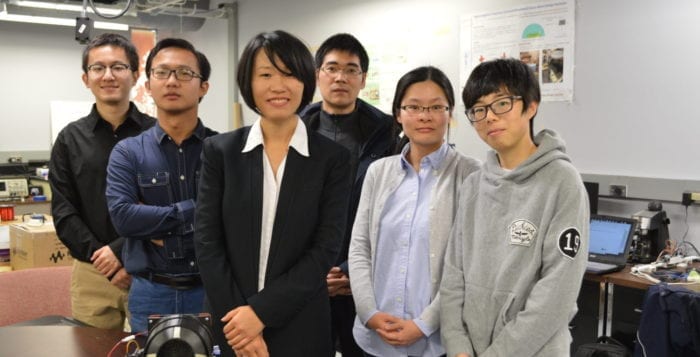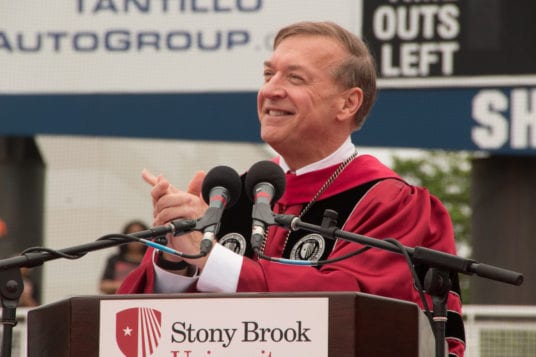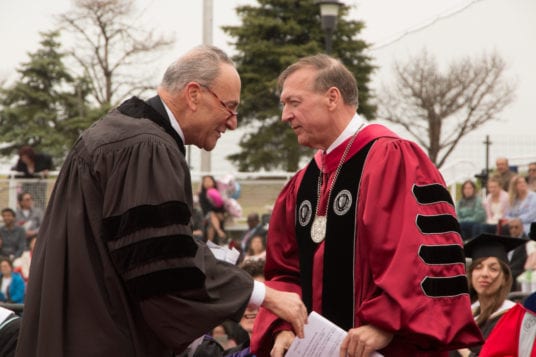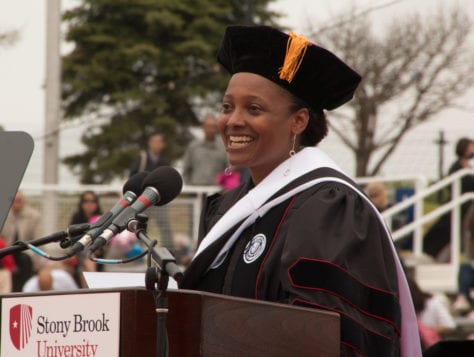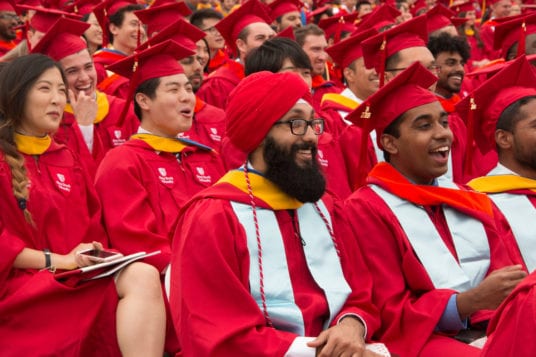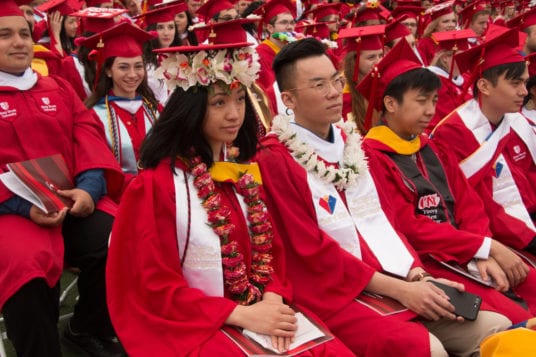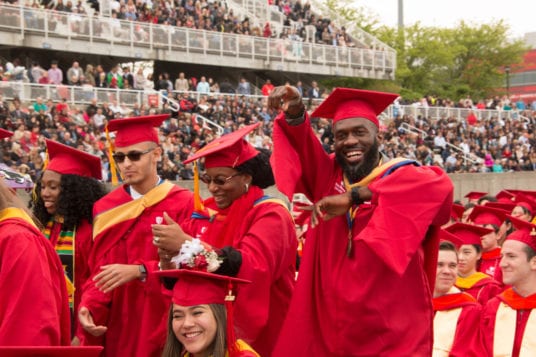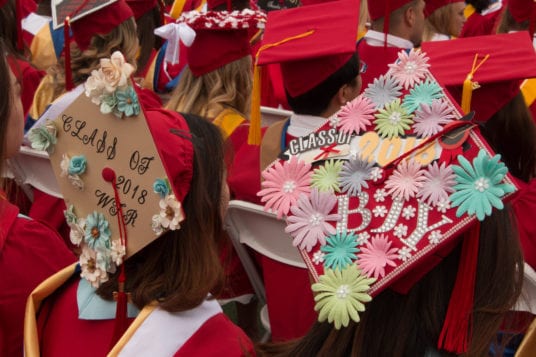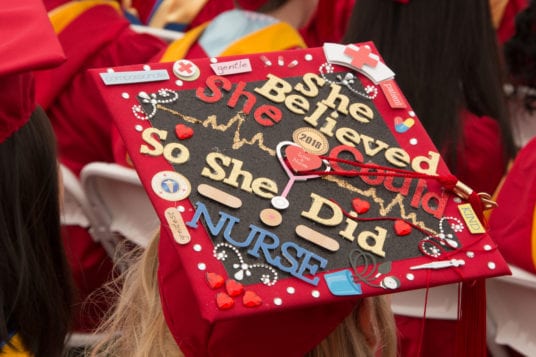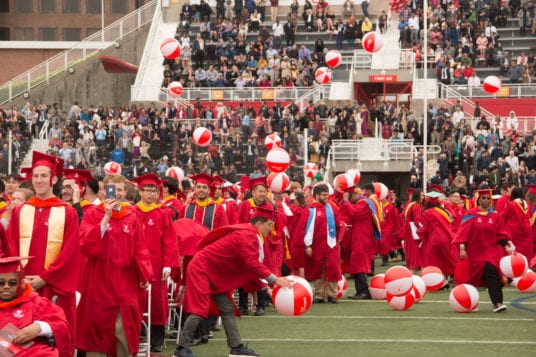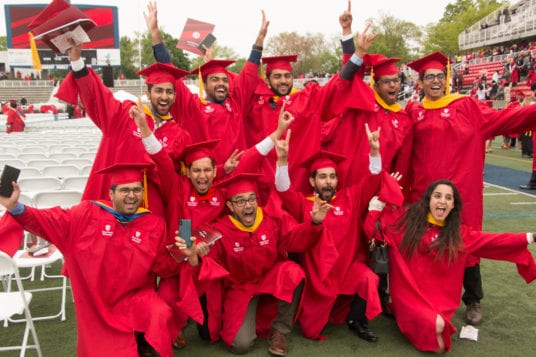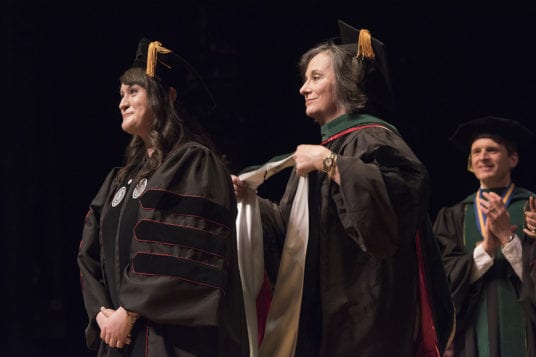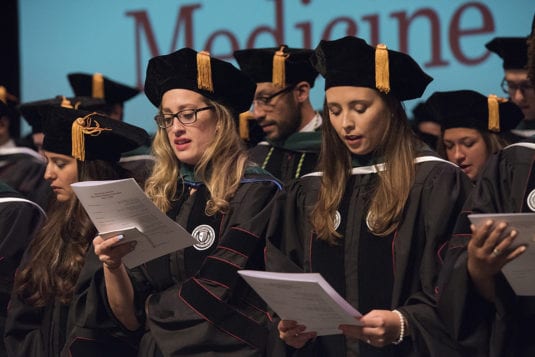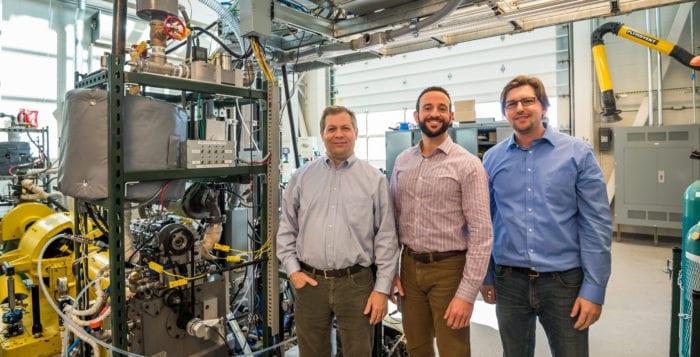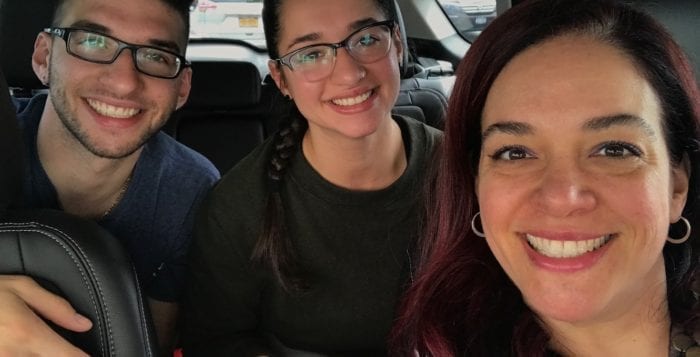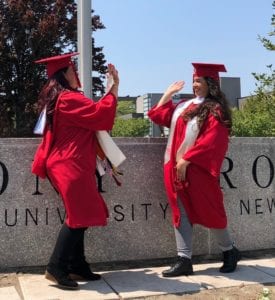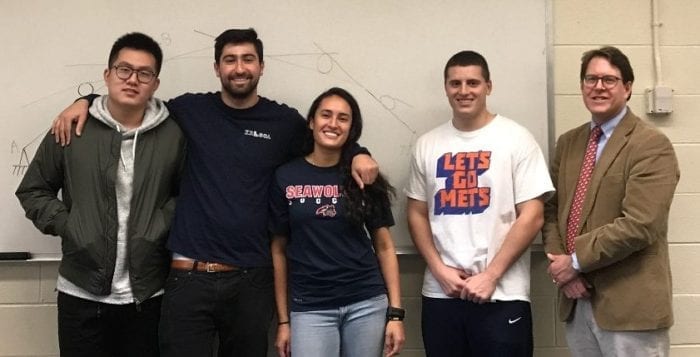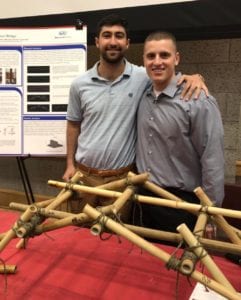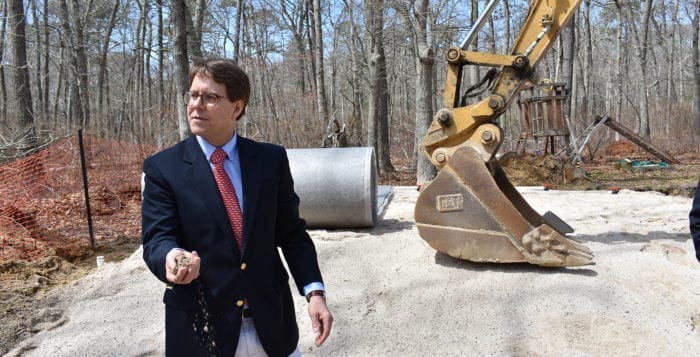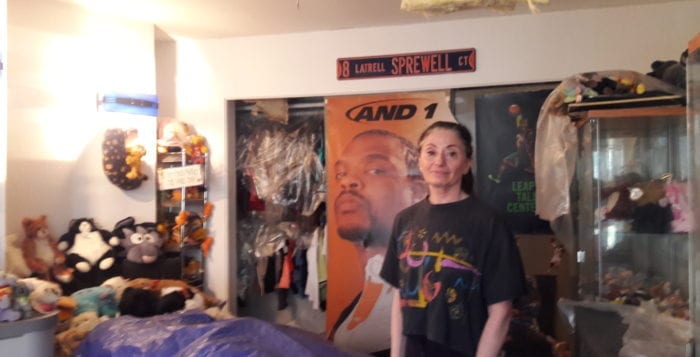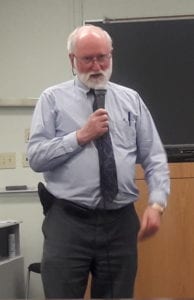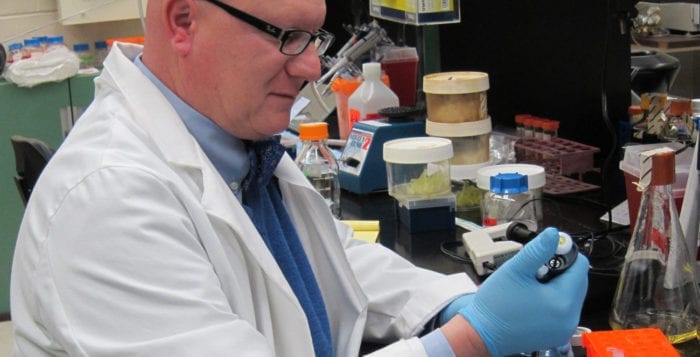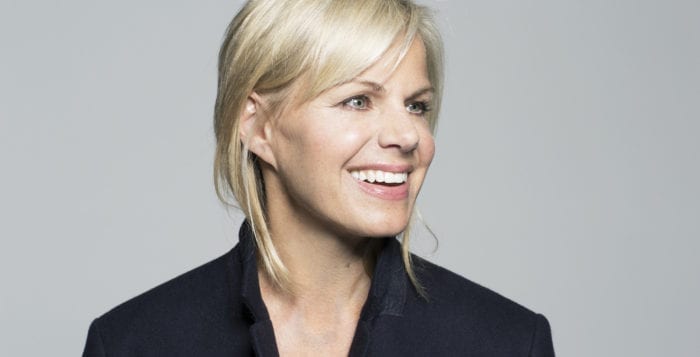By Daniel Dunaief
Picture a chalkboard filled with information. It could include everything from the basics — our names and phone numbers, to memories of a hike along the Appalachian Trail, to what we thought the first time we saw our spouse.
Diseases like Alzheimer’s act like erasers, slowly moving around the chalkboard, sometimes leaving traces of the original memories, while other times removing them almost completely. What if the images, lines and words from the chalk could somehow be restored?

Ya Wang, a mechanical engineering assistant professor at Stony Brook University, is working on a process that can regenerate neurons, which could help with a range of degenerative diseases. She is hoping to develop therapies that might restore neurons by using incredibly small magnetic nanoparticles.
Wang recently received the National Science Foundation Career Award, which is a prestigious prize given to faculty in the early stages of their careers. The award lasts for five years and includes a $500,000 grant.
Wang would like to understand the way small particles can stimulate the brain to rebuild neurons. The award is based on “years of effort,” she said. “I’m happy but not surprised” with the investment in work she believes can help people with Alzheimer’s and Parkinson’s diseases.
“All neuron degeneration diseases will benefit from this study,” Wang said. “We have a large population in New York alone with patients with neuron degeneration diseases.” She hopes the grant will help trigger advancements in medicine and tissue engineering.
Wang’s “work on modeling the dynamic behavior of magnetic nanoparticles within the brain microenvironment would lay the foundation for quantifying the neuron regeneration process,” Jeff Ge, the chairman and professor of mechanical engineering, said in a statement.
Wang said she understands the way neurodegenerative diseases affect people. She has watched her father, who lives in China, manage through Parkinson’s disease for 15 years.
Ge suggested that this approach has real therapeutic potential. “This opens up the exciting new possibility for the development of a new microchip for brain research,” he said.
At this point, Wang has been able to demonstrate the feasibility of neuron regeneration with individual nerve cells. The next step after that would be to work on animal models and, eventually, in a human clinical trial.
That last step is a “long way” off, Wang suggested, as she and others will need to make significant advancements to take this potential therapeutic breakthrough from the cell stage to the clinic.
She is working with a form of coated iron oxide that is small enough to pass through the incredibly fine protective area of the blood/brain barrier. Without a coating, the iron oxide can be toxic, but with that protective surface, it is “more biofriendly,” she said.
The size of the particles are about 20 nanometers. By contrast, a human hair is 80,000 nanometers thick. These particles use mechanical forces that act on neurons to promote the growth or elongation of axons.
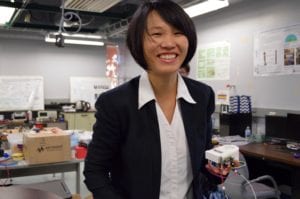
As a part of the NSF award, Wang will have the opportunity to apply some of the funds toward education. She has enjoyed being a mentor to high school students, some of whom have been Siemens Foundation semifinalists. Indeed, her former students have gone on to attend college at Stanford, Harvard and Cal Tech. “I was very happy advising them,” she said. “High school kids are extremely interested in the topic.”
A few months before she scored her NSF award, Wang also won an Advanced Research Projects Agency–Energy award for $1 million from the Department of Energy. In this area, Wang also plans to build on earlier work, developing a smart heating and cooling system that enables a system to direct climate control efforts directly at the occupant or occupants in the room.
Extending on that work, Wang, who will collaborate in this effort with Jon Longtin in the Department of Mechanical Engineering at SBU and Tom Butcher and Rebecca Trojanowski at Brookhaven National Laboratory, is addressing the problem in which the system no longer registers the presence of a person in the room.
Wang has “developed an innovation modification to a simple, inexpensive time-honored position sensor, but that suffers from requiring that something be moving in order to detect motion,” Longtin explained in an email. The sensors can’t detect a person that is not moving. The challenge, Longtin continued, is in fooling the sensor into thinking something is there in motion to keep it active.
Wang described a situation in which a hotel had connected an occupant-detecting system to its HVAC system. When a person fell asleep in the room, however, the air conditioning turned off automatically. On a hot summer night, the person was frustrated. She put colored paper and a fan in front of the sensor, which kept the cool air from turning off.
Instead of using a fan and colored paper, the new system Wang is developing cuts the flow of heat to the sensor, which enhances its ability to recognize stationary or moving people.
Wang and her colleagues will use low-power liquid crystal technology with no moving parts. “The sensor detects you because you are a human with heat,” she said. “Even though you are not moving, the amount of heat is changing.”
The sensor will be different in various locations. People in Houston will have different temperature conditions than those in Wisconsin. Using a machine-learning algorithm, Wang said she can pre-train the system to respond to different people and different conditions.
She has developed a smart phone app so that the house can react to the different temperature preferences of a husband and wife. People can also choose night or day modes.
Wang also plans to work on a system that is akin to the way cars have different temperature zones, allowing one side of the car to be hotter than the other. She intends to develop a similar design for each room.

